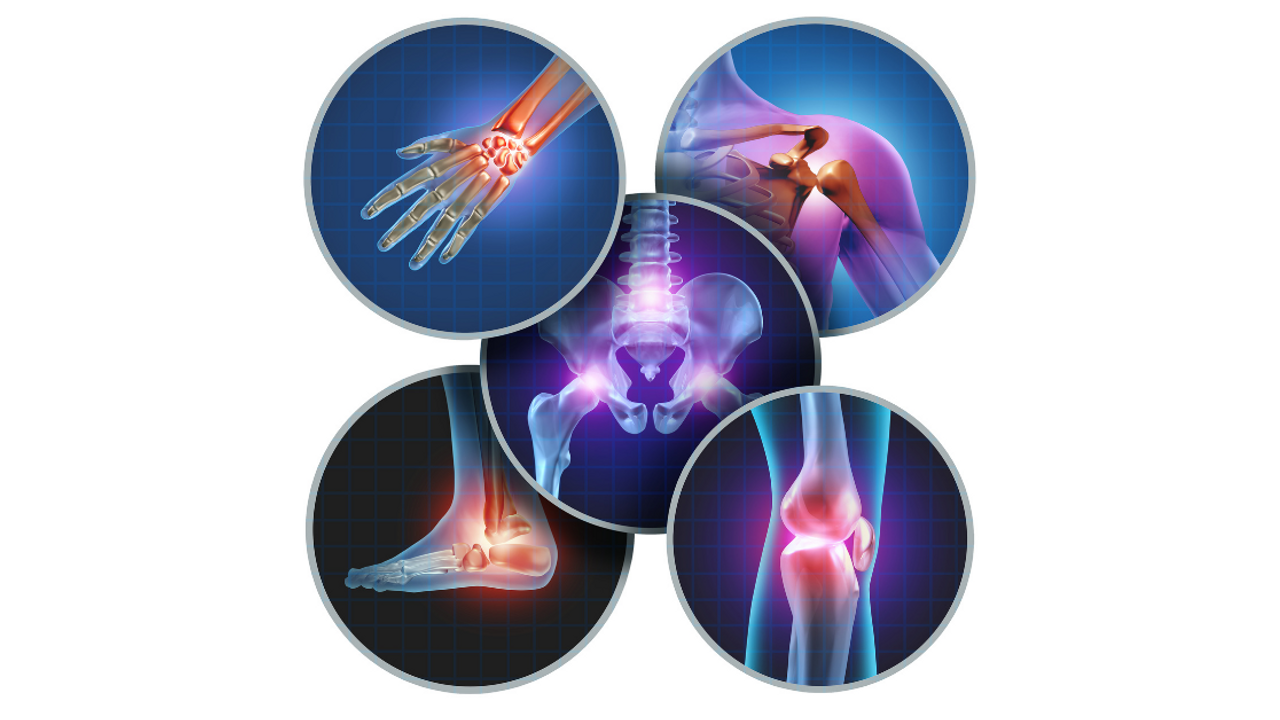Arthritis & Menopause
Jul 02, 2021
Arthritis is it is the most common cause of disability in the U.S. and disproportionately affects women, especially postmenopausal women, with the incidence increasing substantially after 50. According to Szoeke et al., “Aches and joint symptoms are the most commonly reported symptom in women during mid-life, and arthritis was the most commonly reported disease.”
Although the science is not clear on a direct link between menopause and the development of arthritis, it is hypothesized that the changing hormone levels during the menopausal transition play a role. The fact is that the risk of osteoarthritis in women in their 50s and 60s is 3.5-fold higher when compared to men. “In addition, women with artificially-induced menopause, by ovariectomy or pharmacologically, have significantly higher rates of knee OA and hand OA.” Findings from the Melbourne Women's Mid-Life Health Project indicate that post-menopausal women were twice as likely as premenopausal women to experience joint symptoms.
What is arthritis?
There are two types of arthritis that are most common: osteoarthritis (OA) and rheumatoid arthritis (RA). OA is a degenerative disease often referred to as the “wear and tear” disease because it occurs when the cartilage that lines the joints wears out while RA is an autoimmune disease that attacks the tissue in the joints. According to Harvard Medical School RA “sometimes begins with "flu-like" symptoms of fatigue, fever, weakness, and minor joint aches.” Arthritis most commonly affects hands, feet, spine, hips, and knees but in women, the incidence of hand and knee OA is higher. Two known risk factors of OA are smoking and increased body weight.
Does exercise help with arthritis?
The old-school thinking that people with arthritis should avoid exercise and rest as much as possible, is long gone. We now know that almost any type of exercise is better to physical inactivity for people with arthritis. According to Ronenn Roubenoof, “Almost any form of exercise, if done carefully, will help to reverse the catabolic effects of inflammatory disease on muscle, improve function, and decrease the risk of disability.” Recent recommendations include regular exercises such as cardiovascular and low-to-moderate progressive resistance training to be beneficial for strength and function. Some of the main factors for not participating in a regular workout routine are reduced flexibility, pain, and weakness. Overcoming the fear that moving and exercising will make the pain worse, is the biggest hurdle. Therefore, finding ways to create a workout routine that focuses on exercises that aid in improving functionality and pain management is essential. A qualified fitness professional or physical therapist can help you create a routine that works for you by determining the appropriate level and type of exercise that helps you rather than hurts you.
Tips for creating your own arthritis-friendly workout
- Allow for an additional warm-up and cool-down time
- Water aerobics and deep water running are excellent in alleviating joint discomfort
- Swimming is also a great choice
- Be mindful that proper swimming techniques can be stressful on the spine and shoulders.
- Cardiovascular training: 3-5 x week, 50-70% MaxHR, 30-40 min
- Walking is a good form of aerobic conditioning
- Cycling is an excellent form of exercise for arthritis. It’s low-impact and engages large muscle groups.
- Strength Training: 2- 3 x week, low-moderate load, 1-3 sets for 8-15 reps
- Progression should include more duration before more intensity
- Allow for plenty of rest 24-48 hours between resistance training sessions
- Focus on strengthening the muscles around the affected joints
- Place minimal stress on affected joints
- Avoid exercise during periods of high pain
The bottom line is that women have a higher risk of developing both OA and RA and although there isn’t an ironclad way to avoid it, there are things you can do to minimize the risk such as not smoking, exercising, keeping your body weight within a healthy range, and eat a diet high in anti-inflammatory foods. For more information on how to incorporate more anti-inflammatory foods into your diet read my latest Menopause Menu.



